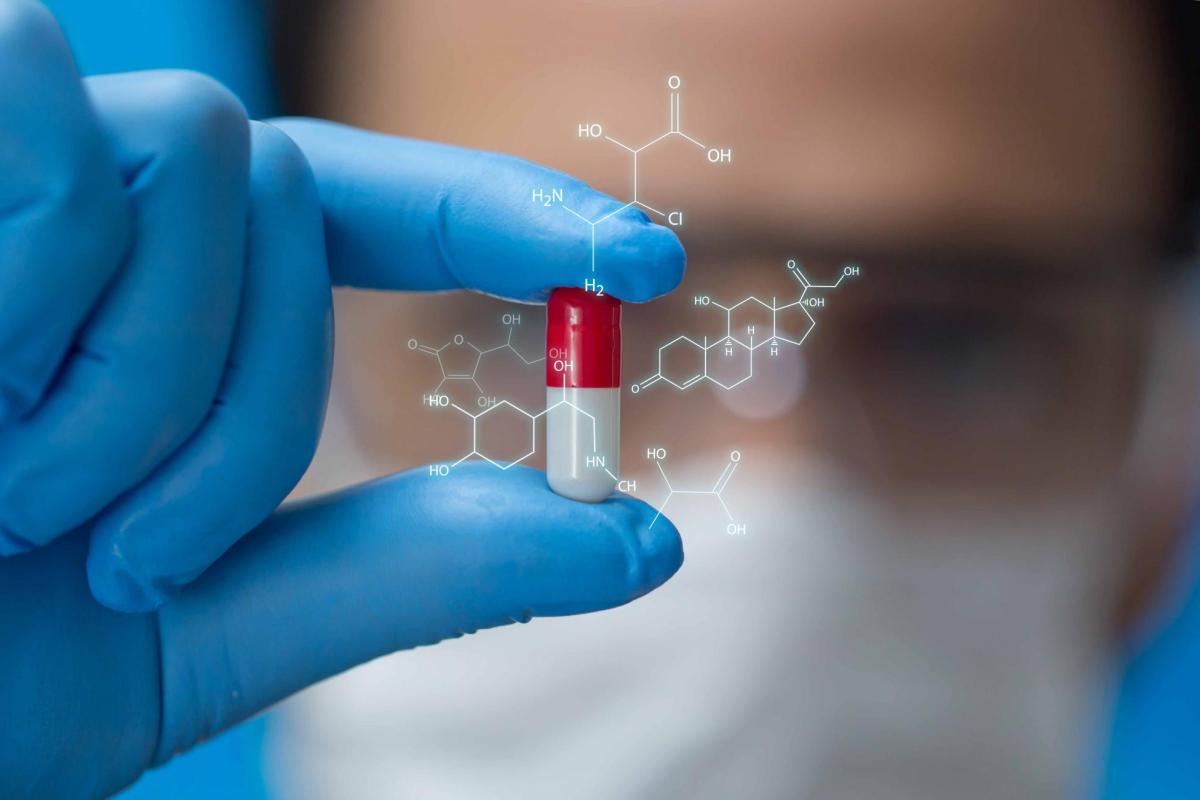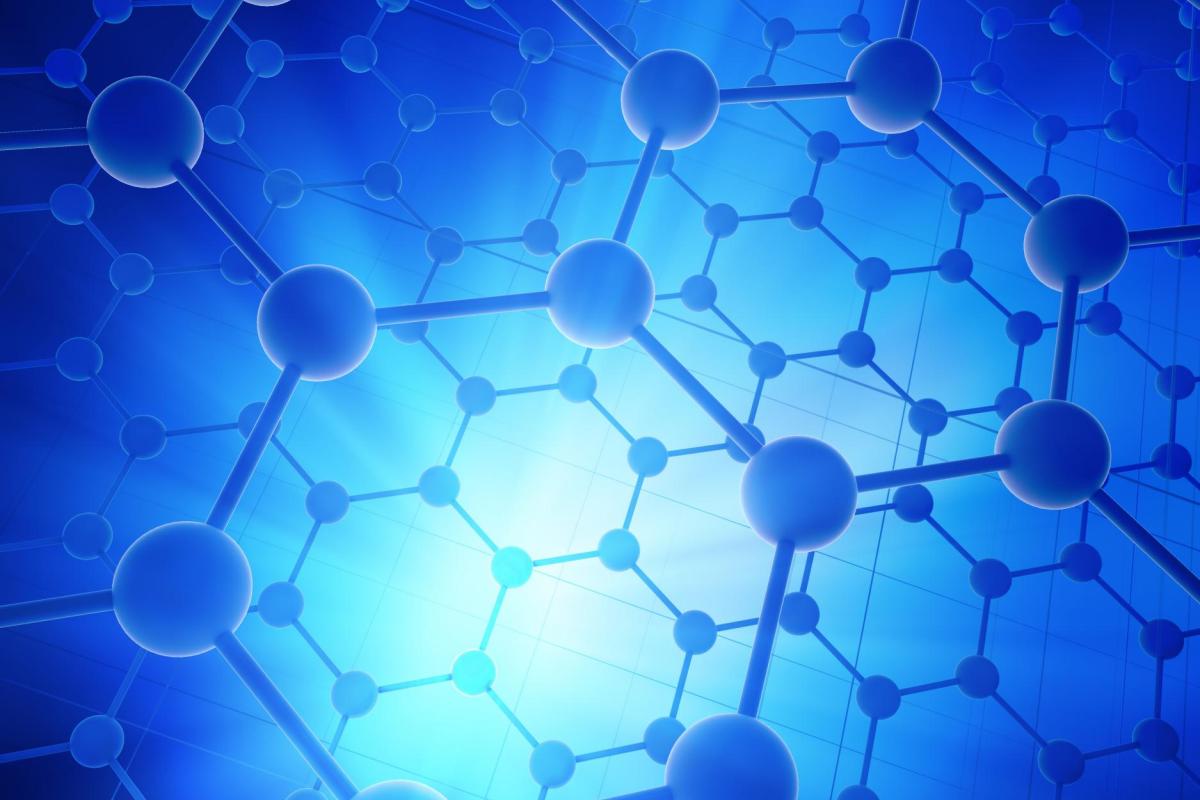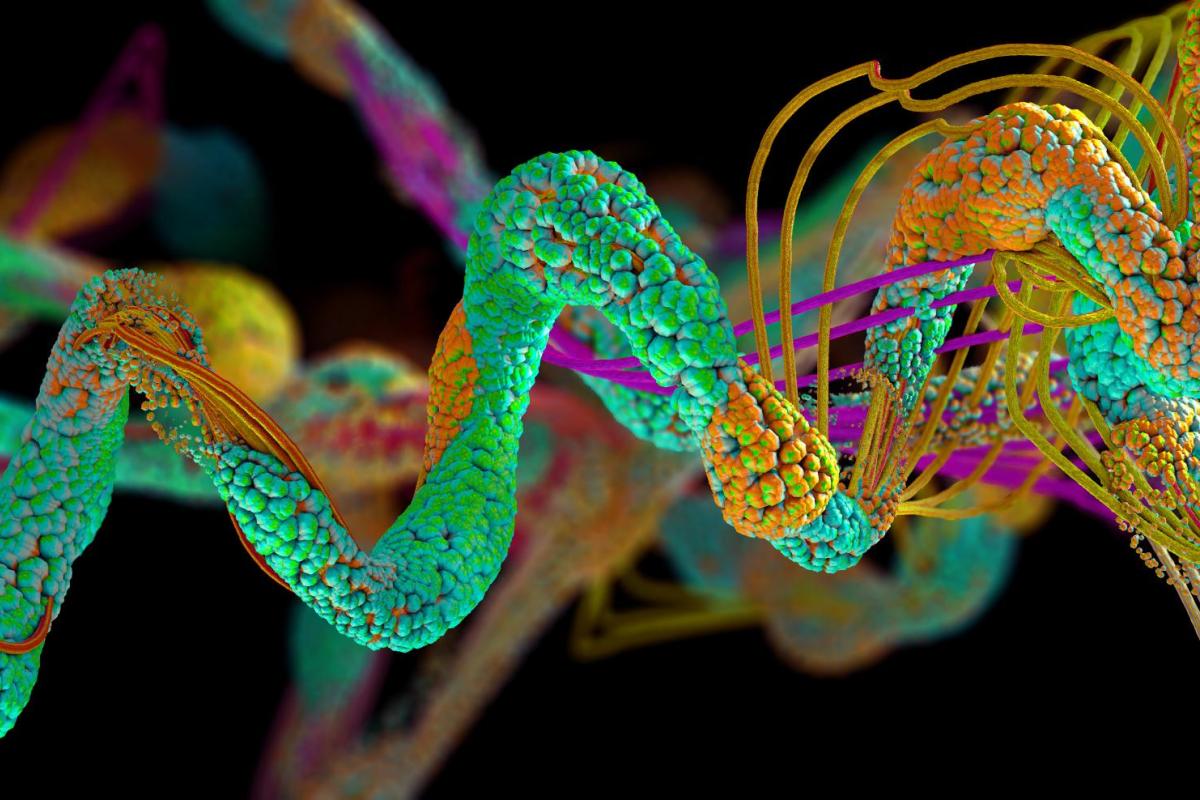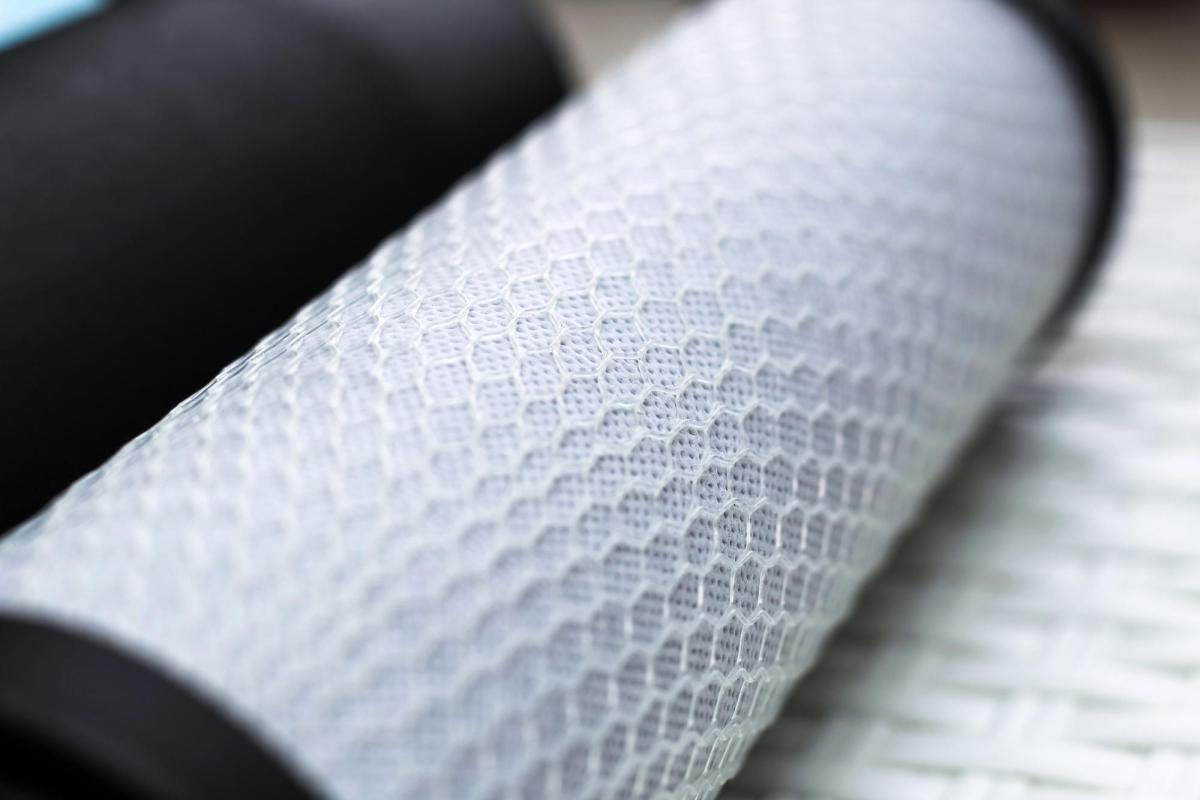Research
Chemical and biological engineering research seeks to address a variety of complex and important challenges, from renewable and sustainable energy, therapeutics and pharmaceutical development, to the creation and improvement of functional materials and more.
Our department's efforts are organized into these key research areas:
- Therapeutic proteins, and vaccines and antimicrobials
- Sustainable biorefining of fuels, commodity chemicals and pharmaceuticals
- Biosensing using novel proteins, smart colloids, liquid crystals, polymerization or photonics
Associated Faculty: Bowman, Burdick, Cha, Davis, Del Rio Flores,Fox, Goodwin, Hind, Randolph, Schwartz, Shields, Shirts, Sprenger, Whitehead
- Electrocatalysis for renewable and sustainable energy
- Directed self-assembly of polymeric films into useful, device-oriented structures
- Smart colloids that sense and react to their surroundings
Associated Faculty: Bowman, Cha, Goodwin, Gupta, Hayward, Heinz, Holewinski, Marder, Medlin, Randolph, Schwartz, Shields, Smith, Sprenger, Weimer, White, Knauer
- Polymers for drug delivery, in vivo imaging, tissue engineering, dental restoratives, labs-on-a-chip, adhesives, coatings, lithography, microelectronics and LCDs
- Novel monomers and photopolymerization mechanisms
Associated Faculty: Anseth, Bay, Bowman, Bryant, Goodwin, Gupta, Hayward, Heinz, Marder, Randolph, Shields, Shirts, Sprenger, Stansbury, Toney, White, Knauer
- Particulate matter flows including granular, gas-particle fluidization and aerosol
- Suspensions, sedimentation, filtration, aggregation, coalescence, flotation and phase separation
- Polymer membranes & molecular layer deposition (MLD)
Associated Faculty: Davis, Gupta, Medlin, Schwartz,Shields, Shirts, Toney, Weimer, Knauer










